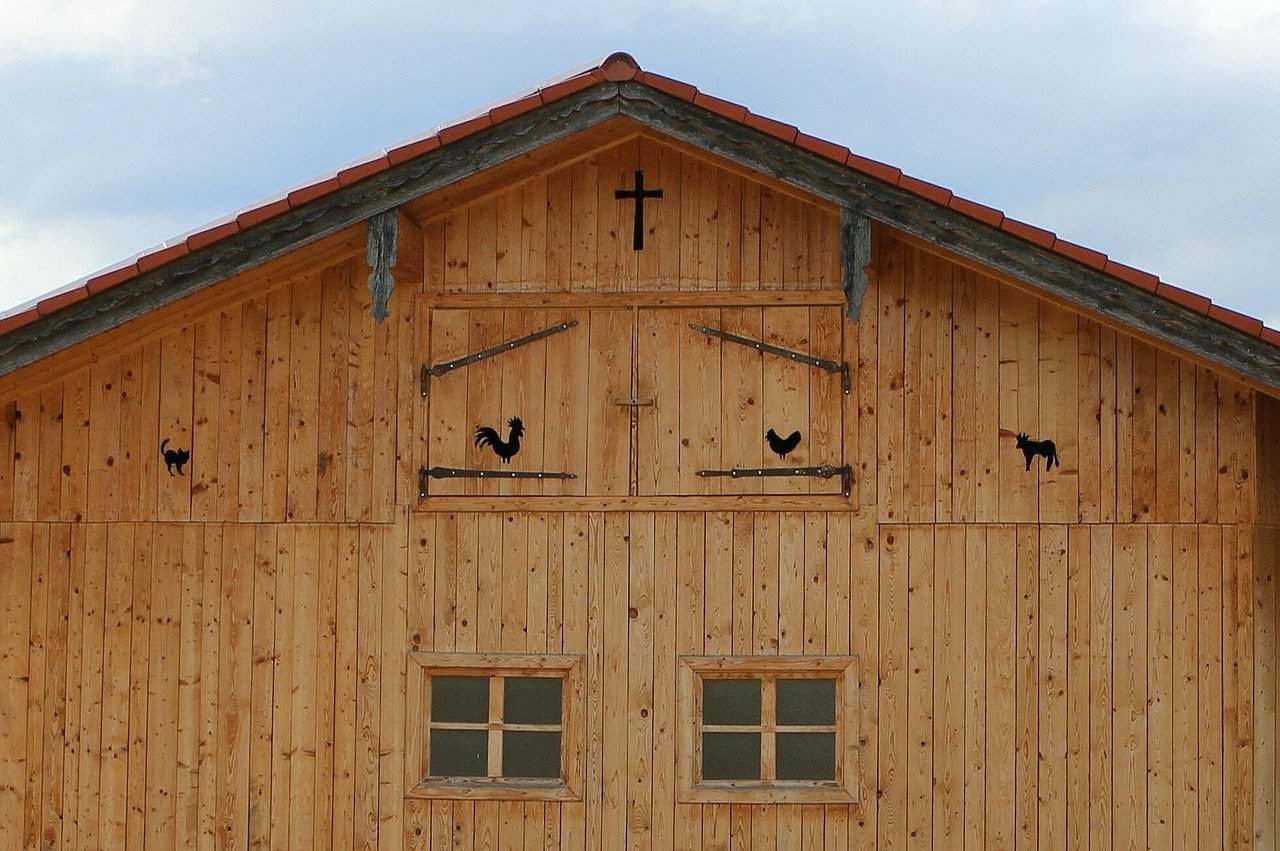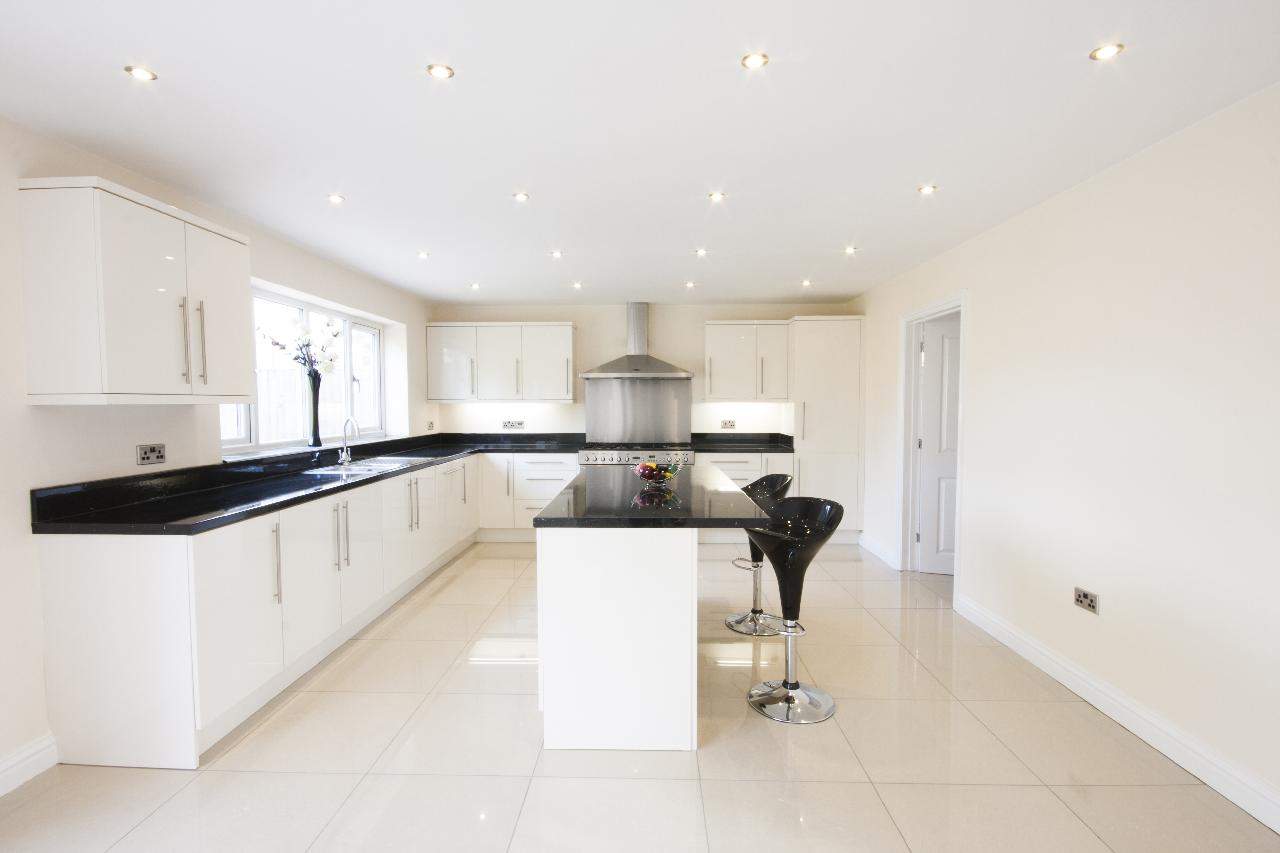Unless an attic is large enough to provide storage or living space, most homeowners just ignore it. Home attic ventilation is about circulating air and reducing moisture levels. An attic without ventilation can accumulate high moisture levels that affect the stability of the underside of the roof. It is important to have the correct amount of ventilation for the house and the heating system. Too little and too much ventilation are both problems. Consider hiring a trusted home improvement contractor to inspect the roof and the attic and then advise a homeowner on whether the attic has sufficient ventilation and the roof is in good condition.
Is Attic Ventilation An Issue Where You Live?
People living in Bucks and Montgomery PA counties have weather conditions that can challenge every part of a home’s exterior parts, especially roofs. Roofs can suffer damage from, rain, snow, heavy winds, ice buildup, UV rays, and more. Since the roof is out of reach to many homeowners, hiring a roofing contractor to inspect the roof and attic for damage periodically should be considered. Having a roof inspection after a bad storm is always a good idea. Contact dennisandsonscontracting.com to arrange an inspection.
Finding damage or defects in the roof system can save money and home damage later on. The roofs installed today are more complex and advanced than old roofing systems. It may be more cost-effective to replace an older roof with a newer system if the roof is not in good condition. New roofing systems might include a material sealing the decking under the shingles that actually allows moisture from attic areas to escape while at the same time preventing rain driven by the wind from penetrating from the outside. This is an improvement over the old tar paper.
This does not eliminate the need for good attic ventilation. Attic ventilation is important to lower cooling bills in the warm months, reduces winter ice jams, and extend the life of roof decking and shingles or other roofing materials. Every region of the United States has temperature and weather issues that call for some amount of attic and roof ventilation.
Determining if Roof Ventilation is Adequate
The proper amount and type of roof ventilation reduces heat and moisture buildup in the summer and adds to shingle life. Then, in the winter, venting controls the amount of heat and moisture that seeps up from the living areas below, allowing them to escape and reduce ice dam problems. But, what are the signs of an attic without adequate ventilation?
- Feel home ceilings on a hot summer day. If the ceilings feel hot, that means the attic is retaining heat like a solar oven. This can increase cooling bills and bake the roofing shingles, causing them to dry out and wear out sooner.
- Look at the roof from below, walking around the house. If there are no visible vents on the home’s eaves, visible ridge vents, or gable vents, call a roofing contractor to estimate the cost of adding venting.
- In the winter a well-vented roof will not get ice dams on the eaves. If this house gets ice dams, more venting is needed. What happens with no venting is that warm air from the rooms below seeps into the attic and gets trapped, warming the underside of the roof. This causes snow on the roof to melt, forming water that will refreeze causing ice dams that damage the roof.
- In the winter, go up into the attic with a flashlight and look for frost or dampness on the rafters or roof sheathing. If these exist, contact a contractor to add roof venting.
5 Things to Consider to Improve Roof Ventilation. Are there a balanced number of vents? Are they placed correctly? Are they working?
It is not the type or number of roof vents that assure adequate roof ventilation, but the whole ventilation system and how well it is located and installed. A good roofing contractor can consider five factors that determine what is needed and how the system should be located and installed. Each house has a different set of venting requirements determined by the size and complexity of the roof.
- Determining the need for improved attic ventilation. Attic ventilation should keep the attic cool in the heat and dry in the winter. Proper ventilation will improve home comfort and prevent damage to attic and roofing materials and structure.
- 2. Designing a balanced vent system with proper airflow. A good ventilation system takes into account the thermal effect and wind forces that affect air movement. The system must include a balanced system of both exhaust and intake vents for efficiency. The placement of the vents must be located for maximum performance.
- Intake vents must be placed for maximum protection from rain and snow. The best location is often in or near the roof eave. These vents can be fixed or powered. These vents should be placed on both sides of the roof in an equal distribution.
- Exhaust vents are designed to let inside air escape in a safe and balanced manner. They need to be placed high near the top of the attic peak and be balanced with the intake vents.
- Which type of vents are needed and what the best placements are can be a complicated equation. There are different types of venting systems, such as gable louvers, ridge exhaust vents, wind turbines, power fans, fixed or powered intake and exhaust vents, and more to consider. The ventilation system should be effective year-round. There are formulas to follow to design a system with adequate ventilation. It takes an expert to calculate the requirements for the most efficient static venting system.
Each homeowner should take the time to inspect the exterior roof and the home attic to determine if they have a venting system and if that venting system is good enough to meet the home’s needs. If a homeowner does not feel they can determine if the venting system is working, they should contact a local roofing contractor to do an inspection and venting system plan and quote.
Discover more from Futurist Architecture
Subscribe to get the latest posts sent to your email.




